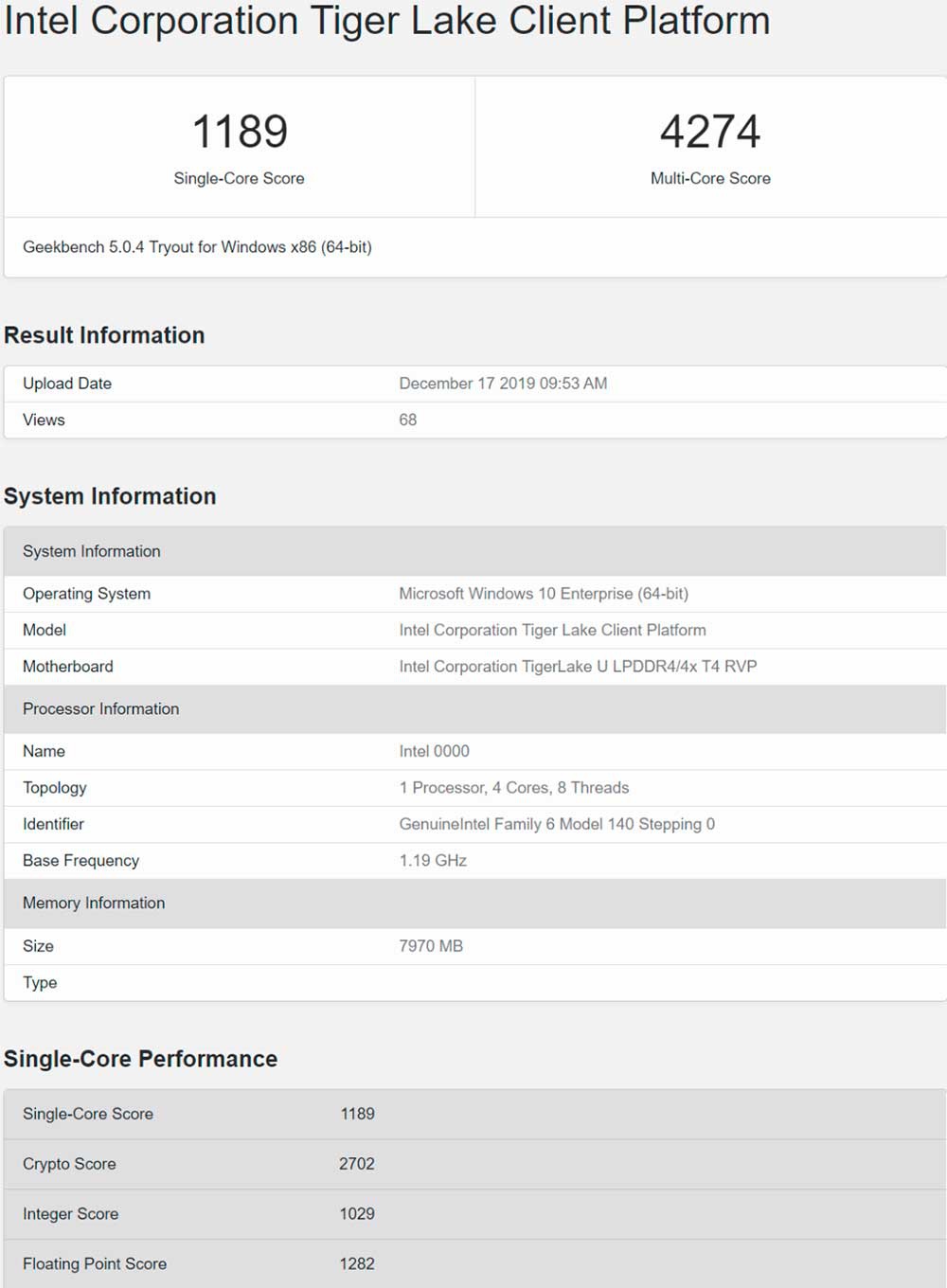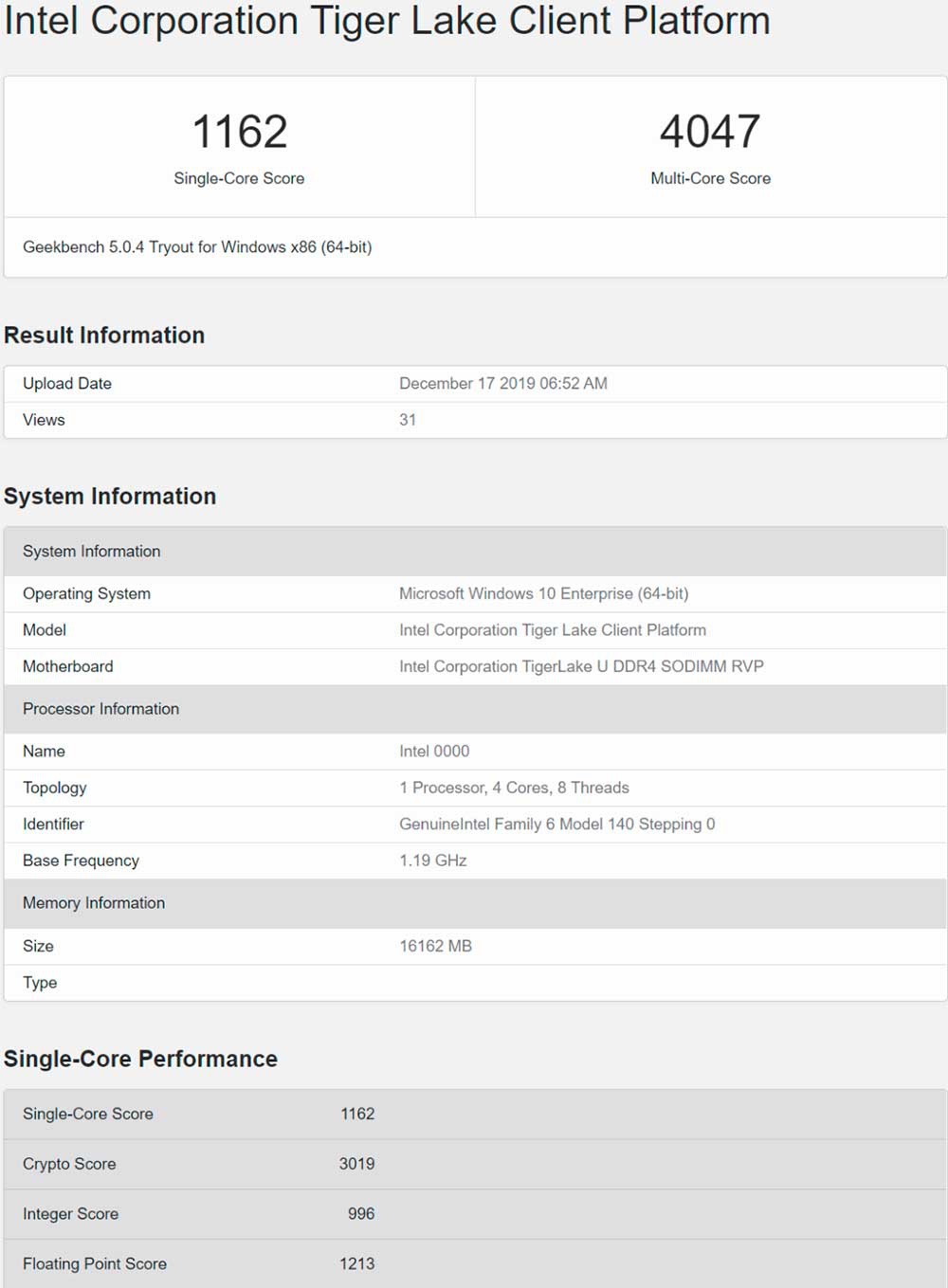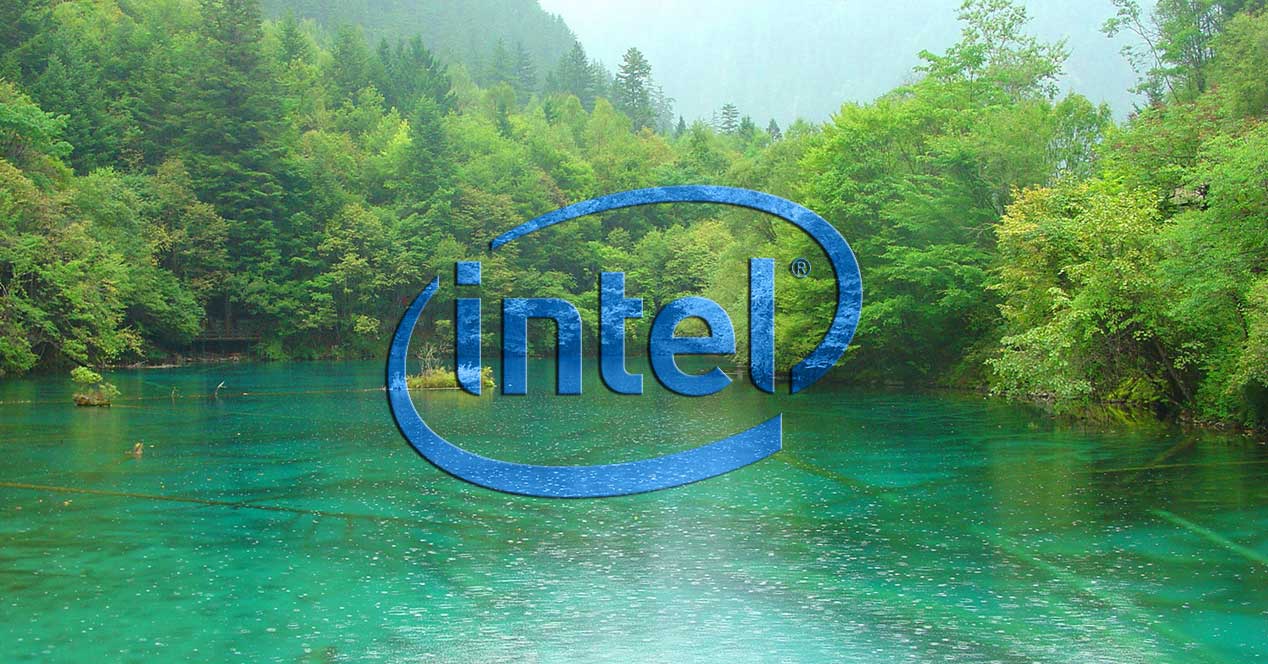The 10 nm For laptops, they have been a reality for months, to the point that these processors are the lucky ones to include Ice Lake. Until now, there have been certain rumors and some leaks that have shown some little relevant data in terms of scores, where nothing interesting was revealed beyond the placeholder.
But today we finally have data that are as interesting as competent what can you do Tiger Lake-U versus Comet Lake-U and especially to Ice lake-u?
More with less: this is how Tiger Lake-U presents itself
Remember that we are talking about processors for laptops with an established TDP between 15 to 25 watts, so the frequencies are always going to be reduced and the number of cores too.
That said, the first and most interesting thing is that we start from a configuration of 4 cores and 8 threads at a frequency of just 1.2 GHz, nothing remarkable we could think, especially since two markers of what appears to be the same engineering sample have been found, and therefore each one has its corresponding score.

Superior to Comet Lake and very close to Ice Lake less frequently

CPU
Intel Ice Lake-U Core i7-1065G7
Intel Tiger Lake-U (Configuration 1)
Intel Tiger Lake-U (Configuration 2)
Intel Comet Lake-U Core i7-10710U
Intel Ice Lake-Y
Process node
10nm +
10nm ++
10nm ++
14nm +++
10nm +
Cores / threads
4/8
4/8
4/8
6/12
4/8
Base clock
1.50 GHz
1.20 GHz
1.20 GHz
1.60 GHz
1.20 GHz
Single core score
1233
1189
1162
1110
146
Multicore Score
4757
4274
4047
4249
529
If we consider that the Tiger Lake-U is a 4/8 at 1.2 GHz, it can be said that with two cores less it manages to beat the Comet Lake-U and that with 300 MHz less it is very close to the Ice Lake-U at the same nanometers.
Therefore, we are facing what could be a quite large jump in IPC performance, since between IL-U and TL-U there is a 20% frequency, but only a 3.56% of difference to a core and a 10.15% in multi thread. No doubt Intel is hiding something, since this data reflects much improvement in such a short time, will Willow Cove be better than expected?















